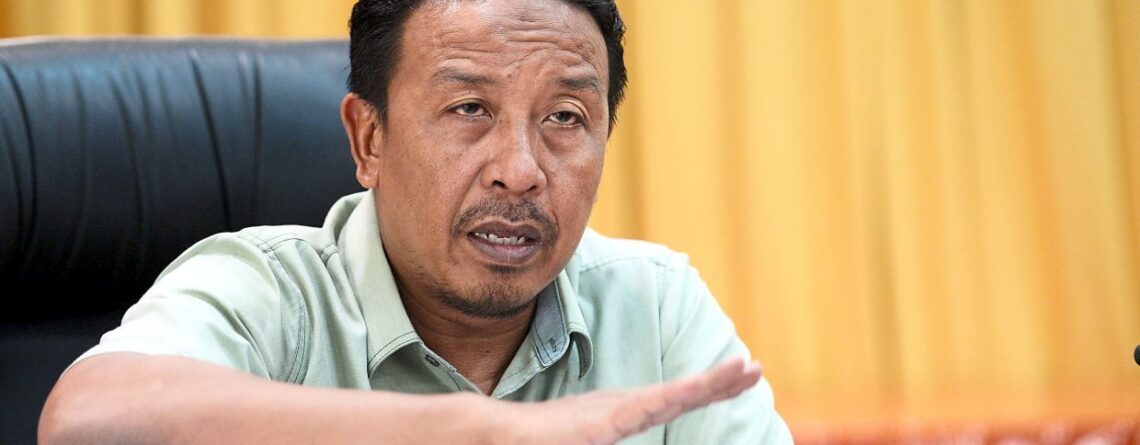Don’t provoke wild animals, says Perhilitan DG
PETALING JAYA: The public should not provoke wild animals as they can pose a threat to safety, says Wildlife and National Parks Department (Perhilitan) Director-General Datuk Abdul Kadir Abu Hashim.
Abdul Kadir was commenting on a recent discovery in Gua Musang, Kelantan last Friday (Sept 8) of a cow’s carcass with wounds believed to be caused by a wild elephant’s tusk.
The incident also alarmed a group of farmers at the Kampung Awek Land Rehabilitation Programme (RPT) when about 200 banana and palm trees were also found ruined.
Abdul Kadir said the elephant has yet to be found and added that Perhilitan is currently conducting enforcement patrols around the area to prevent any illegal poaching or trespassing from happening.
“If anyone comes across the elephant, we advise them to immediately hide behind any large tree or climb up to get on higher ground,” he said.
Abdul Kadir added that the elephant, if found, will be relocated to a more suitable habitat away from humans.
Chrysalis Project curator Darren Chow said recent human-wildlife conflict incidents around the country were due to increasing deforestation.
“The elephant has no choice but to enter human territory because its natural habitat has been deforested and cut down by logging concessions issued by the state government. It comes out to find food,” he said.
The Chrysalis Project is an urban experimental butterfly repopulation and conservation project in Kuala Lumpur.
A WWF Malaysia correspondent said more consideration should be invested in looking at how wildlife animals can secure basic life necessities such as water, habitat and protection.
“Carefully planned development can reduce negative interactions. By ensuring that forests are not fragmented or degraded, it allows wildlife to move from one forest to another, while reducing the need for them to come in close contact with humans,” he said.
He added that developing and implementing early warning systems can also help prevent human-wildlife conflicts.
“Technology such as camera traps or sensor-based systems can detect wildlife presence and alert nearby communities, allowing them to take precautionary measures,” said the spokesman.
He added that the setting-up of specialised teams to respond to human-wildlife conflict is one way to respond to such incidents.
“Employing non-lethal methods, such as relocation or tranquilisation, and conducting investigations to understand the underlying causes of the conflict can help prevent retaliatory killings and find sustainable solutions,” he said.
The elephant was seen in the area of Kampung Lembaga and RPT Sungai Terah in the last two weeks.













Leave a Reply